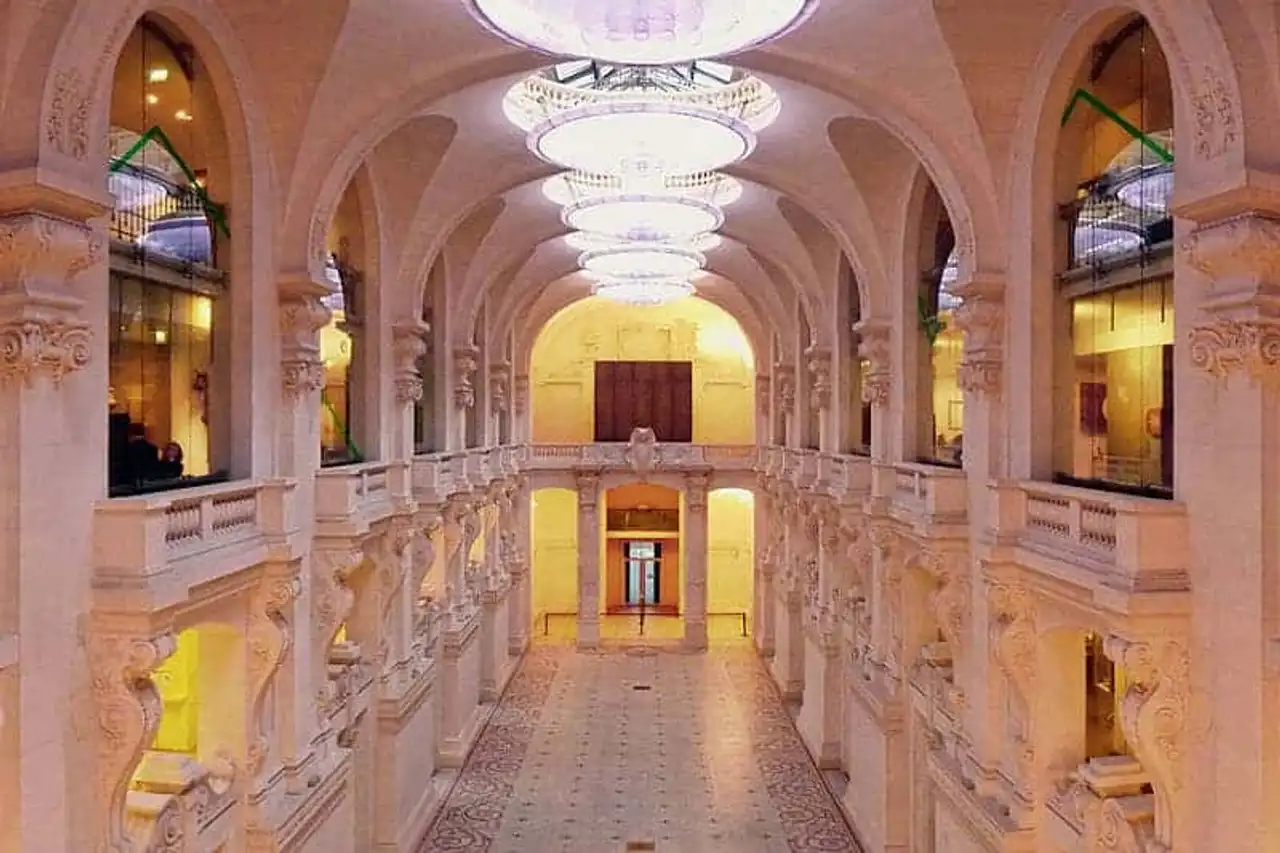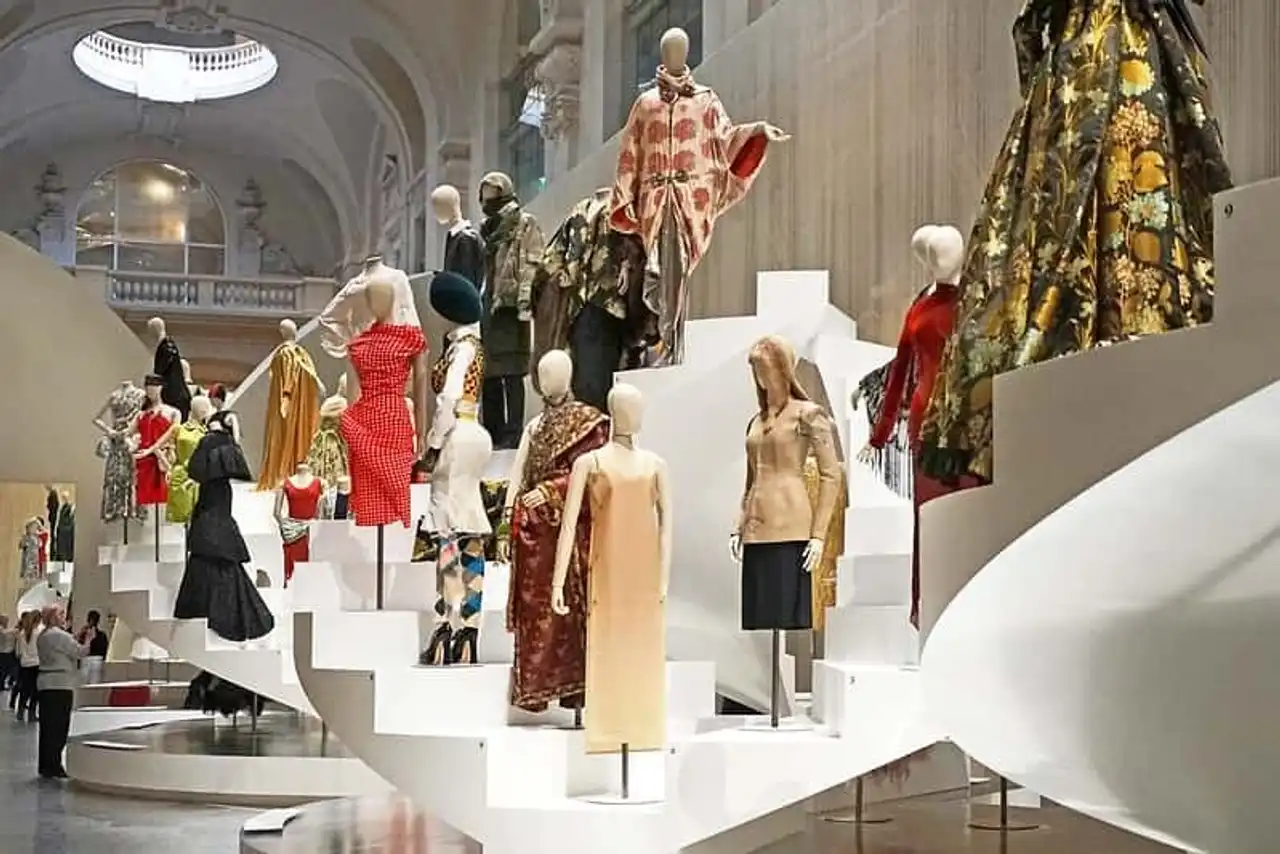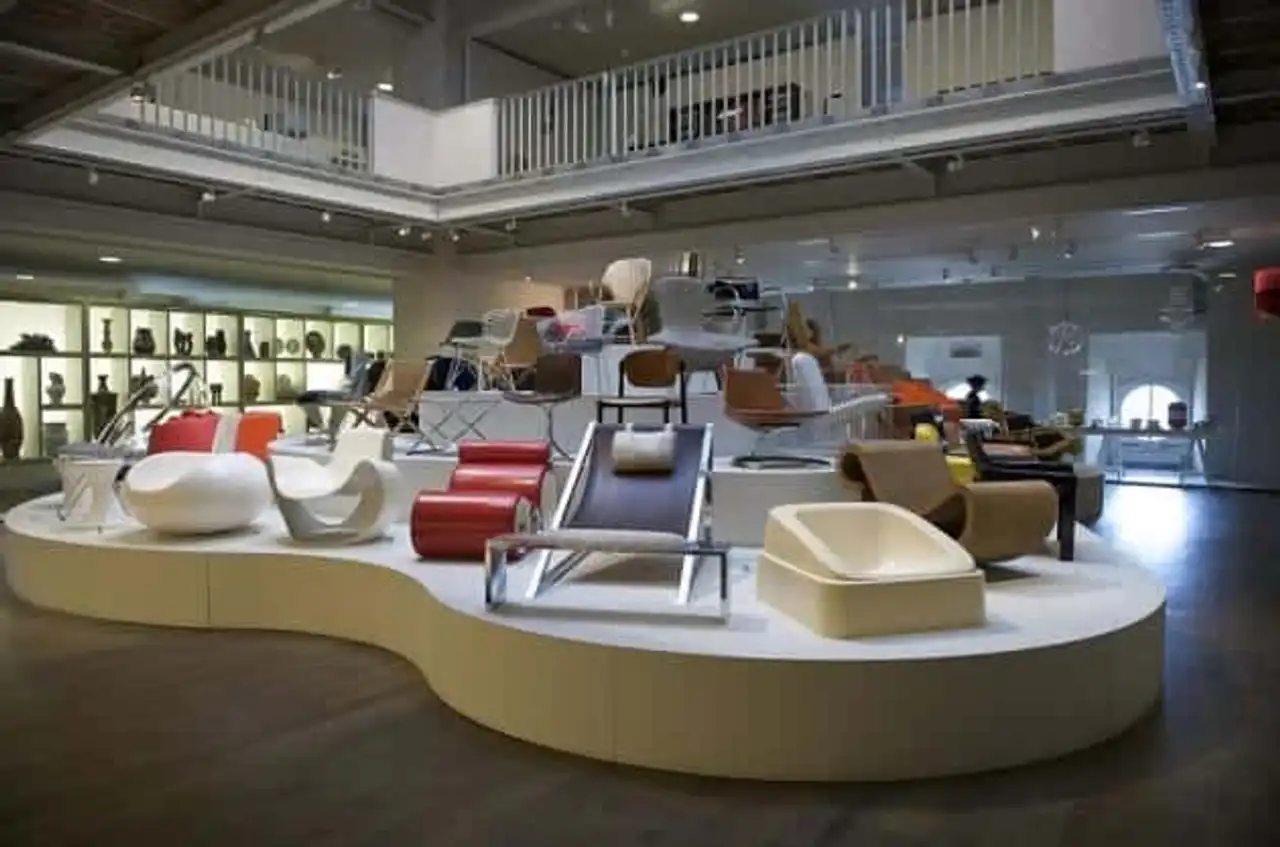During your stay in Paris, visit the Musée des Arts Décoratifs to discover a collection of everyday objects from the Middle Ages.
If it is a museum that deserves real attention, it is the Musée des Arts Décoratifs! Created in Paris more than 150 years ago, it brings together an impressive panorama of furniture, glasses, ceramics, jewellery and textiles. In short, it gathers all everyday objects.
The Musée des Arts Décoratifs retraces the lifestyles of the past centuries with different works. This is one of the most important collections in the world. Are you curious about the lifestyles of our ancestors? You know now which museum to visit in Paris . Follow the guide.
Also read: The 25 things to do in Paris
Historical Rapids of the Museum of Decorative Arts

Photo credit: Wikimedia Commons / Myson Telemaque
Since the Enlightenment century, the arts have occupied an important place in France. At that time, the Chapelier Law prohibiting trade corporations undermines the workers' and craftsmen's circles. Yet art and industry are intimately linked: they testify to the passage of Man on earth. These two professions cannot disappear. To give them a little strength, the idea of a school or museum on industrial arts is beginning to emerge.
At the same time, the universal London exhibition opened in 1851. This creates a sense of frustration among the French who were the precursors in this area. They see a certain competition in Britain. Several artists then applied to France to open a museum of Industrial Arts. Thus, in 1864, the Central Union of Fine Arts Applied to Industry was created.
What purpose for the Musée des Arts Décoratifs?
The objective is to prove that art is not only reserved for an elite. It concerns all social classes of the population. Progressively, beyond a simple museum, the Central Union of Fine Arts Applied to Industry bears witness to a desire to convey its knowledge. A school is then created in parallel to the museum within the institution itself.
Already open at the Louvre, the Musée des Arts Décoratifs is developed at the Palais de l’Industrie and then at the Pont de Marsan. Each place bears witness to a specificity, an era that is unique to it.
Over the decades, several people mark the history of the Musée des Arts Décoratifs. Thus, during the 19th century, Emile Peyre provided great financial support to develop the collection. Jules Macet, for his part, brings both works of art and documentation for the library of the union. And in the second half of the twentieth century, François Mathey developed the museum thanks to a wide variety of works such as contemporary paintings. At this time, the exhibitions open to the world.
What to see and what to do at the Musée des Arts Décoratifs?

Photo credit: Flickr / Jean-Pierre Dalbéra
During your stay in Paris, visit the Musée des Arts Décoratifs and discover the daily life of different periods through several themes. Wanderlix has grouped for you the most important.
Middle Ages and Renaissance
A collection of 3,622 works testifying to daily life from the 12th to the 16th century. This department was greatly enriched with a leg by Emile Peyre in 1904. This architect, decorator and collector was particularly interested in the art of cathedrals. He offered the Musée des Arts Décoratifs an eclectic and international collection.
XVII to XIX century
The department XVII to 19th Century represents the most extensive collection of the Musée des Arts Décoratifs. With its 20,000 works, it offers you an almost integral panorama of life at that time. You will find furniture, paintings, medals, carpets, weapons, musical instruments and many other craftsmen. Again, the donations allowed to enrich this section considerably. The department of the 19th century is marked by the debate between art and industry. Here, 9,200 works of all kinds are exhibited.
Art Nouveau – Art deco
This department includes more than 6,500 works by the greatest artists of the art nouveau movement – art deco. This period ranges from 1890 to 1936. The creations are very diverse; from furniture to table art, to sculpture or stained glass. Originally, the collection was mainly made up of works acquired at various exhibitions or exhibitions. Progressively, generous donors have allowed the Musée des Arts Décoratifs to develop.
Modern Contemporary
This section of the museum follows the previous one. Indeed, the modern contemporary department began in 1937 with the international exhibition of arts and techniques. It brings together a wide variety of works as you will find both unique pieces and serial objects. This department is located in the pavilion of Marsan.
When you visit the Musée des Arts Décoratifs, discover the most striking trends of the past sixty years. Thus you can admire the modernist works of René Herbst or the minimalist pieces of Konstantin Grcic.
Graphic arts
Here you can discover more than 200,000 different and varied drawings. Indeed, the graphic art department of the Musée des Arts Décoratifs shows you these works in a chronological order since the sixteenth century from French and European schools. Here you will find graphic works drawn on a multitude of materials or techniques such as paper or velin, black stone, feather or watercolour. Otherwise named the Cabinet des Dessins, several renowned pieces are presented making this department the mirror of the Louvre.
Jewelry
When you visit the Musée des Arts Décoratifs, discover one of the most important jewelry collections in France. With more than four thousand pieces since Antiquity, this department gathers a wide variety of jewellery (diadems, rings or belt loops). This section has been in existence since 1878 and has been enriched over the years. Many collectors allowed the museum to grow thanks to their donations.
How to go to the Musée des Arts Décoratifs?
The Musée des Arts Décoratifs is at the Musée du Louvre in Paris , on Rivoli Street.
There are several ways you can go there:
- Metro: The easiest way to visit the Musée des Arts Décoratifs is to take the metro. The Palais Royal Musée du Louvre stop on lines 1 and 7 is close to the museum. Also, the Pyramide stop on line 14 allows you to go there in a few minutes.
- Bus : Several bus lines are located close to the Musée des Arts Décoratifs. So you can take lines 21, 27, 39, 48, 68, 72, 81 or 95.
- Bicycle: Velib stations are available next to the Musée des Arts Décoratifs. This is the opportunity to discover Paris by bike.
- Car: If you have a car, you can book your parking space online, either at Carrousel du Louvre or Rue des Pyramides.
Timetables and prices of the Musée des Arts Décoratifs
The Musée des Arts Décoratifs is open from Tuesday to Sunday between 11am to 6pm. The crates close from 5:15 p.m. and the rooms begin to be evacuated from 5:45 p.m. Every Thursday it is possible to discover temporary exhibitions until 9 pm. On the other hand, it is not possible to visit the Musée des Arts Décoratifs on January 1, May 1 and December 25.
The award of the Musée des Arts Décoratifs is €11 per person with an audio guide. You can combine this visit with the Camondo Museum for 13€.
It is also possible to benefit from a reduced rate of 8,50€ under certain conditions:
- Between 18 and 25 years old
- To be a job applicant or beneficiary of the RSA
- Being a student of partner schools
- Members of the MAD
To benefit from this gratuity, it is essential to visit and present its evidence.
Good to know.
- What is the operation of the Musée des Arts Décoratifs for groups? For free groups, it is necessary to be at least 10 people and up to 20 people for temporary exhibitions and up to 25 people for permanent collections. It is best to book for 10 people online and complete the supplement once on site.
- How to do if you did not receive your ticket? First, check that the email address is correct and that the ticket is not in your spams. Then, if you have not been debited, just start the online reservation process again. However, if you have already been debited, we invite you to send an email to [email protected].
- How do you do if you're wrong in the booking date?
In this case, a request must be sent by e-mail as specific as possible. In other words, the booking date and the date of the visit, the name of the person who has booked, the ticket number and the new date you wish to book.
The email address differs depending on your profile:
- For individuals, send an email to [email protected]
- You manage a group under 18, send an email to [email protected]
- For groups over 18, send an email to [email protected].








Loading comments ...